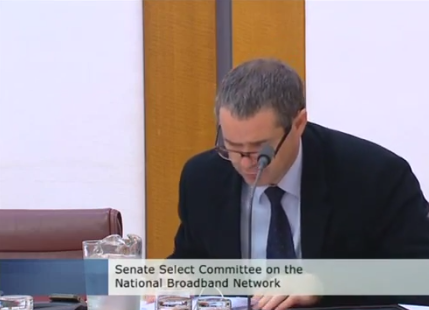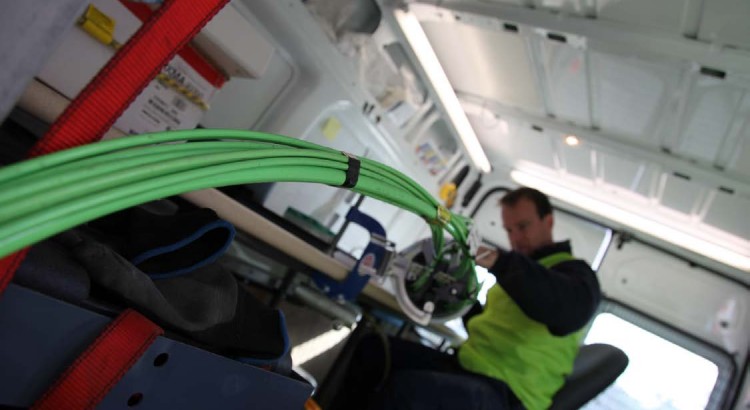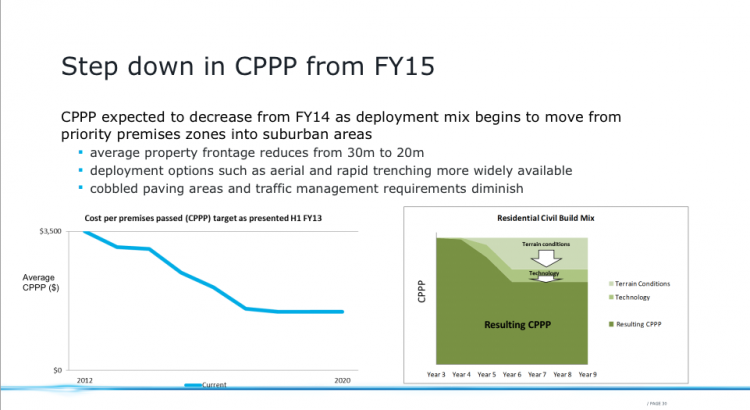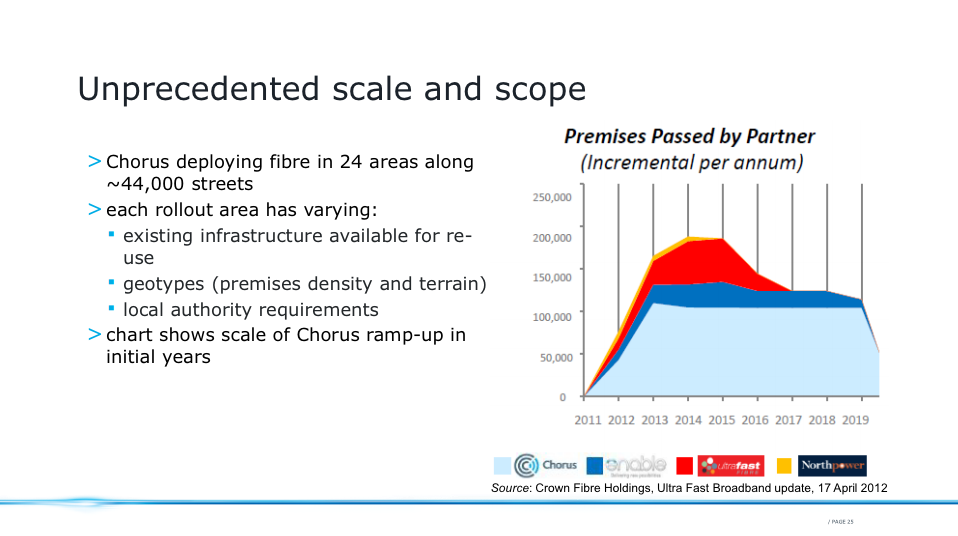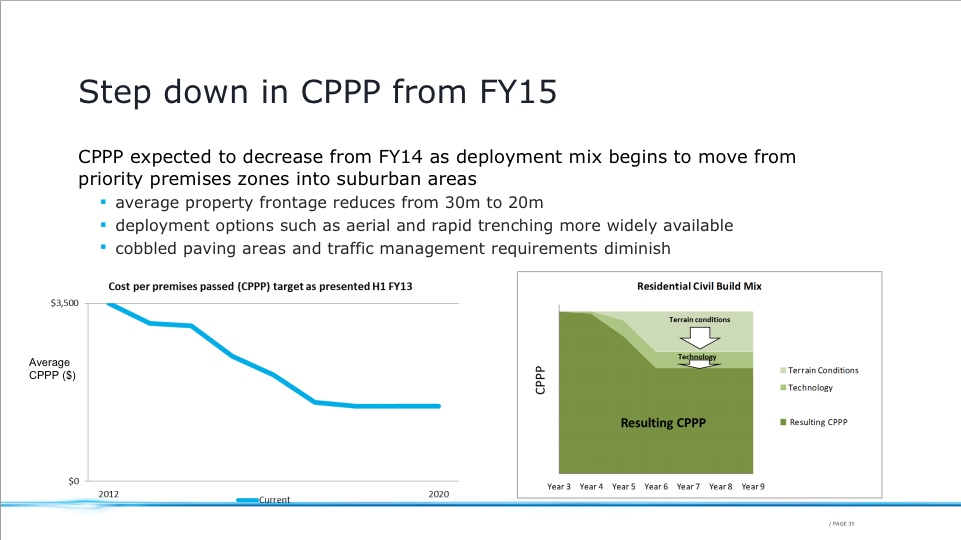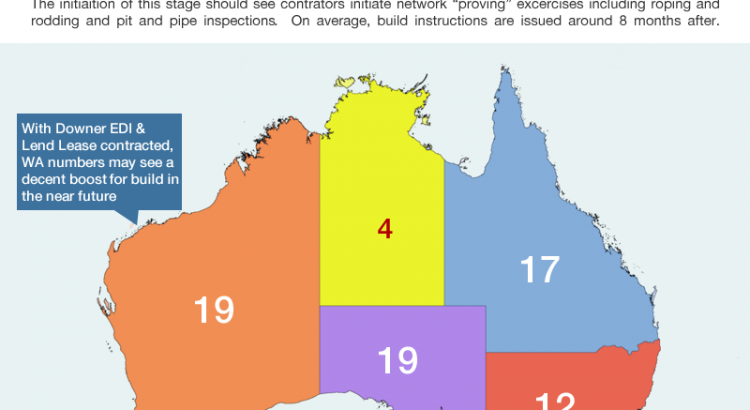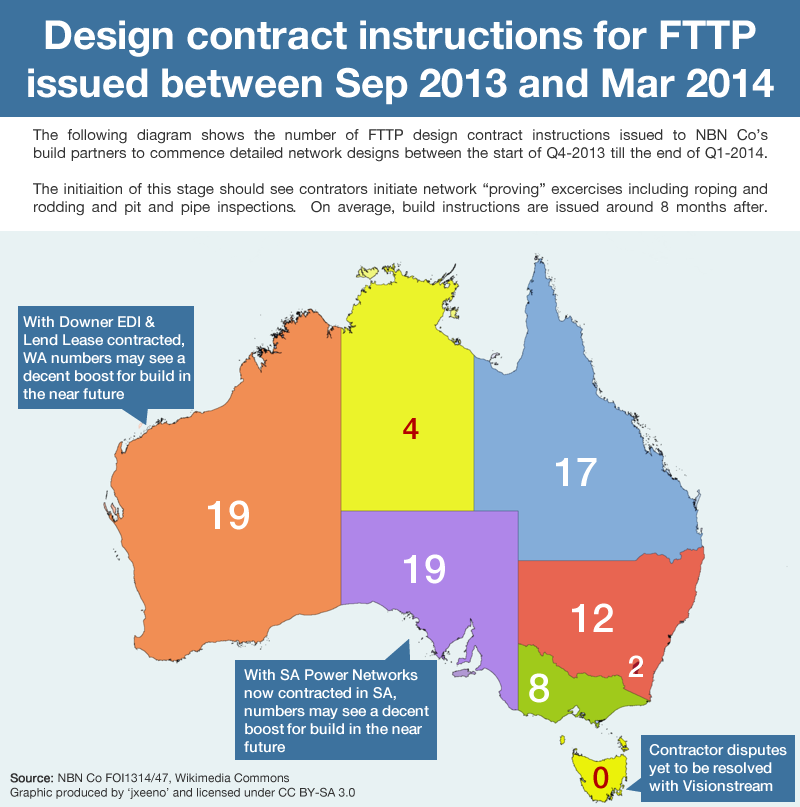Metric is now more conservative and relevant to service providers
During a Senate Budget Estimates hearing last night, NBN Co revealed that changes were made with respect to the way “premises passed” was defined in the weekly rollout statistics. NBN spokesperson, Andrew Sholl, said off the record yesterday on Twitter that these changes started in April this year and gives a clearer and more relevant weekly figure.
Traditionally, two metrics were used by NBN Co to describe the status of construction of their network — one being Ready for Service and Premises Passed. In the previous metric of “Premises Passed”, premises were considered to be passed once network testing was completed the Local Network servicing a particular cluster of premises. However, only once 90% of the premises are passed by NBN Co’s old metric is an FSAM declared “Ready for Service” and an order may be ordered.
A recent change to the metric has altered the way NBN Co reports the “Premises Passed” metric in it’s weekly rollout statistics. Rather than accounting premises as being “passed” when testing for the Local Network is completed, NBN Co will only account those premises as being “passed” when the local network servicing 90% of the premises in that particular rollout region is built and tested.
This changed metric provides a more conservative and potentially, more relevant metric for consumers and service providers. However, it also means that NBN Co’s weekly run-rate will become more angular as premises will be added in mass, rather than the progressive additions previously seen.
Talking with service providers, it appears that premises considered passed by not yet Ready for Service under previous metrics have remained classified as “passed”. Only new premises being added to the network are affected by this change of metric.
